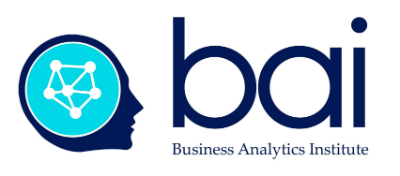Life's Little Bets
Out of the blue, a relative sends you a gift of 1000 euros. A nice sum of money, but not quite enough to purchase that dream home, let alone retire on. You decide to use this unexpected handout to play the French National Lottery, where the prize money announced is more than you’ve ever dreamed. Even if the probability of winning is slim, surely persistence can pay off. You decide to wager 20 Euros each week during the next year, with the idea of doubling down on the next bet with your eventual winnings. How much will you have won in one year's time?
Out of the blue, a relative sends you a gift of 1000 euros. A nice sum of money, but not quite enough to purchase that dream home, let alone retire on. You decide to use this unexpected handout to play the French National Lottery, where the prize money announced is more than you’ve ever dreamed. Even if the probability of winning is slim, surely persistence can pay off. You decide to wager 20 Euros each week during the next year, with the idea of doubling down on the next bet with your eventual winnings. How much will you have won in one year's time?
Should you trust your initial hunch that this is a good idea or use the available data to think critically about your chances of success? Using the principles of decision science, we can certainly do much better than a blind guess. What do we know about the decision environment and the data at hand? We have a thousand Euros to spend. We are considering spending it on a lottery designed to finance public projects. The chances of winning some money any one week based on choosing the six correct numbers out of forty-nine is 16,7%. This is an example of a stochastic decision environment – the answer to the question "Will I win the jackpot this week?" isn’t contained in the data itself. We can play three times a week, but we can’t know in advance which numbers will make up the winning ticket.
Gambling, like business in general and innovation in particular, is a game of probabilities with no fail-proof guarantees.[i] In such decision environments, we can none-the-less favor better decisions by exploring the data at hand, choosing an appropriate methodology to address the nature of the problem, and using the data to inspire action. When analyzing probable outcomes, we need to begin by exploring what we know about the independent (conditional factors) and dependent (explainable outcomes) variables. We can then analyze the context to understand the potential combinations and permutations of the chain of events. In this case, what is the relationship between the numbers we choose and the winning ticket from week to week?
The problem type is well known in statistics is called as a one-dimension random walk, and often referred to as the Gambler’s Ruin.[ii] If you bet an equal amount of your bequest each week (1/N), you are N weeks away from losing everything. The nature of the problem is one in which the probability is less than 1 that you will lose your weekly bet (in the case of a national lottery the odds are heavily skewed in favor of the house). Not only is there a strong probability that you will lose each of your bets, but win or lose you are still N losing bets away from emptying your betting account. Forget about your hunches and your intuition, investing your 1000 Euros in learning to make better decisions (for example in our Master Classes ) would be a much better investment…
Improving managerial decision-making is at the heart and soul of the Business Analytics Institute. In our Summer School in Bayonne, as well as in our Master Classes in Europe, we put analytics to work for you and for your organization. The Institute focused on five applications of of data science for managers: working in the digital age, data-driven decision making, machine learning, community management, and visual communications. Developing your ability to take better decisions can make difference in your future work and career.


